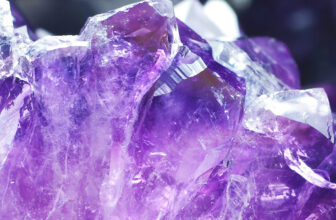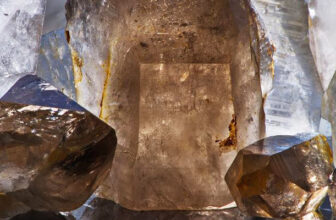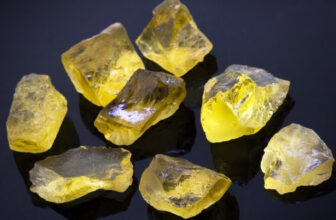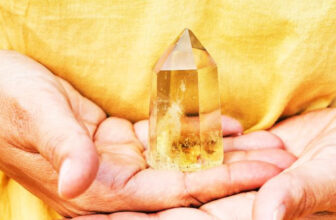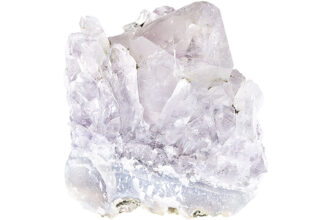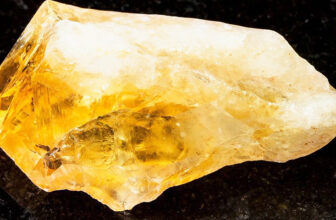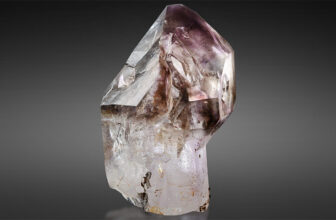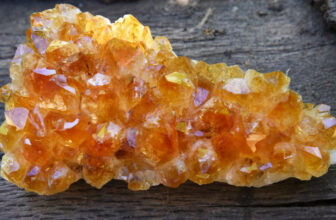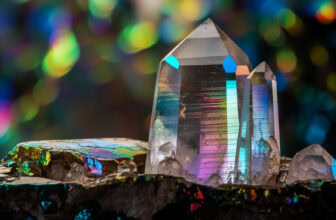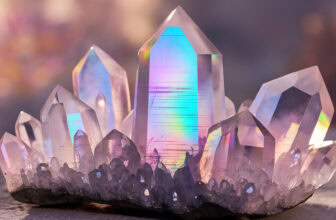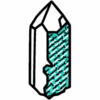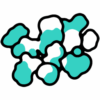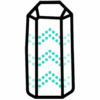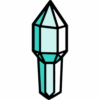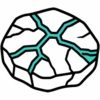Crystal Raw Points
 The Unpolished Power of Nature’s Points
The Unpolished Power of Nature’s Points
There’s something captivating about a crystal that has never met a polishing wheel – untouched, wild, and pure. Crystal raw points are the Earth’s own sculptural expressions: naturally terminated crystals that taper into fine tips, often sharp, sometimes irregular, but always authentic. Unlike shaped or carved pieces, these points are left in their raw, unaltered form, allowing you to see the story of their growth in every ridge and facet.
When you hold a raw point, you’re holding a frozen moment of geological time. Each one forms slowly over millennia, as mineral-rich waters deposit layers that crystallize and stretch toward open cavities underground. The result? A naturally finished masterpiece, shaped by pressure, heat, and time – not by human hands.
The Flow and Force of Raw Points
Every crystal point, no matter how jagged or refined, has a purpose coded into its geometry. The natural termination of a raw point – that sharp, focused tip – acts like a conduit, directing energy along its axis. It channels and amplifies subtle vibrations, concentrating them upward or outward depending on how the crystal is positioned.
Yet, unlike polished or cut points, the energy from a raw one feels less “refined” and more alive. It hums with the Earth’s original resonance – vibrant, direct, and untamed. Many describe it as holding the pulse of nature itself, a reminder that real power often lies in imperfection.
On an energetic level, crystal raw points are said to bridge the gap between the physical and the spiritual. The base connects deeply with the grounding force of the Earth, while the tip points toward higher consciousness – a meeting point of matter and light. Symbolically, they speak of growth, aspiration, and the upward surge of spirit through form.
Echoes Through Time
Long before words like “energy work” or “metaphysical healing” existed, humans were drawn to crystals in their natural state. To the ancient Egyptians, uncut crystals were thought to hold the divine spark of the gods – amulets of raw protection and guidance. Quartz points were buried in tombs, believed to light the way to the afterlife. In Mesoamerica, crystal tips were used by shamans for divination and healing rituals, seen as tools that could pierce the veil between seen and unseen worlds.
In indigenous traditions across the globe, natural crystal points were regarded as Earth’s bones – sacred remnants of creation itself. They symbolized the strength and memory of the planet, connecting the user to ancestral wisdom. Some cultures placed them at sacred sites to anchor spiritual energy or to mark places of great power. In these traditions, it was the untouched nature of the crystal that mattered most; polishing it was thought to diminish its spirit.
Across the East, the geometry of natural points fascinated early metaphysicians. In Chinese and Japanese philosophies, crystals were studied as vessels of chi, the life force. Their naturally tapered tips were seen as channels for this vital energy, guiding it through space and body alike. Monks in the Himalayas meditated with quartz points, believing they amplified stillness and clarity – a silent partnership between mineral and mind.
The Natural Craftsmanship of Crystal Formation
Each crystal raw point begins in darkness. Beneath mountains and riverbeds, deep in the Earth’s crust, mineral-rich fluids flow through tiny fractures and hollow spaces. Over thousands – sometimes millions – of years, those minerals slowly cool and crystallize, molecule by molecule. As they grow, they push toward open cavities, forming slender spires or bold hexagonal columns that end in sharp, natural terminations. These are not accidents of geology; they are expressions of balance, pressure, and time.
Quartz is perhaps the most iconic of these raw forms, found in luminous deposits from Brazil’s vast caves to the mountain veins of Arkansas and the volcanic landscapes of Madagascar. Amethyst points shimmer in hues of violet; citrine radiates warmth like captured sunlight; smoky quartz anchors deep into the earthy spectrum of browns and greys. Each carries the distinct energy of its birthplace – the tone of its terrain.
What makes crystal raw points particularly special is how little they are altered once unearthed. The so-called “craftsmanship” here lies in restraint. Miners and artisans will often perform only the gentlest cleaning – a rinse to remove clay, a light trim to separate a point from its cluster. Beyond that, nature is left to speak for itself. The rough edges, the subtle asymmetries, the fine fractures within – all remain intact, preserving the record of geological artistry.
Types and Expressions of Raw Points
Not all crystal raw points are created alike – and that’s precisely their charm. Each type tells a different story, each termination a slightly different dialect of the Earth’s language.
Clear Quartz Raw Points are the classics – pure, transparent, and amplifying. They act as mirrors for intention, amplifying thought and energy with unmatched clarity. Amethyst Raw Points, with their twilight tones, stir the intuition and soften emotional turbulence. Citrine Points gleam like bottled sunlight, radiating optimism, creativity, and abundance. Then there are Smoky Quartz Points, grounding and protective, their deep tones reminding us to stay steady even as we reach upward.
And the list continues – Rose Quartz Points pulse gently with the frequency of compassion, while Black Tourmaline Points stand like guardians, absorbing and transmuting negative energy. Every mineral carries its own vibration, its own way of interacting with light, energy, and emotion. Collectors often mix them intentionally, forming small crystal families that harmonize or contrast beautifully on an altar or within a home.
Just as varied as their composition is their termination structure. A single-terminated crystal directs energy outward through its natural tip – think of it as a laser of focused intention. Double-terminated points, on the other hand, balance that current, moving energy in two directions like a breath – in and out, above and below. Then there are the clustered formations, where multiple points radiate in every direction, filling a space with a diffuse, uplifting charge.
Size, too, adds its own layer of magic. Small raw points are perfect for portable grids or jewelry, their presence subtle yet constant. Larger ones command a room; their energy feels tangible, almost architectural. Whether the point is thumb-sized or towering, each acts as a quiet instrument of connection – an elemental antenna tuned to the pulse of the planet.
Energy in Its Wild Form
To work with a crystal raw point is to engage with energy in its most honest form. These natural terminations are amplifiers – not just of metaphysical vibration, but of presence. They heighten awareness, focus thought, and expand whatever intention you set. Hold one in meditation, and you may feel the current rise – a fine, tingling hum that travels from base to tip, gathering and releasing like breath made visible.
Because they remain untouched by polish or cut, raw points are said to connect directly to the Earth’s core frequency. Their grounding is deep and steady, their energy unrefined but profoundly real. Many healers use them to anchor the self – to pull wandering energy back to center after emotional upheaval or spiritual work.
Raw points also excel at cleansing. Placed among other stones, they act as energetic refreshers, absorbing stagnation and recharging the field. Their directional structure makes them perfect for intentional use: a single point can direct healing energy toward an area of imbalance, while a cluster can distribute vitality evenly through a room.
Each crystal resonates with particular chakras – amethyst aligns with the crown, enhancing clarity and insight; citrine awakens the solar plexus, stirring personal power and motivation; rose quartz soothes the heart, softening boundaries with love. Used in aura work or energy grids, these points become architectural – mapping the subtle body in lines of light and mineral form.



